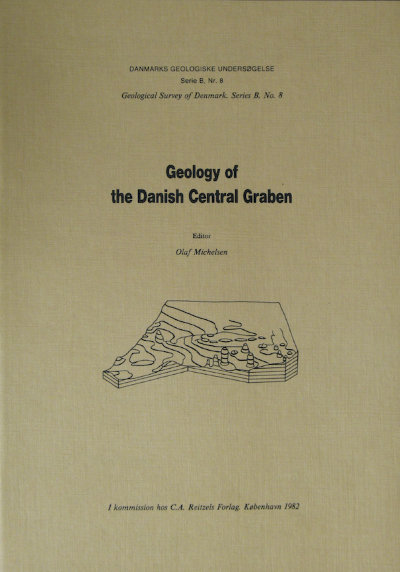Jurassic
DOI:
https://doi.org/10.34194/serieb.v8.7067Abstract
During Early Jurassic time, deposition continued in the basinal areas occupied by Triassic sedimentation. The Danish Central Graben subsided strongly and more than 4000 m of sediments were deposited during Jurassic time (fig. 14). North of the area the thickness seems less than 2000 m and, in the Norwegian-Danish Basin, approximately 1200 m. The rhythm of sedimentation corresponds closely to what is known from adjacent areas in the Northwest European sedimentary region. During the Early Jurassic, relatively uniform marine claystone series, the Fjerritslev Formation, were deposited all over the North Sea region, including the main part of the highs. Large areas were uplifted and eroded during the Mid Cimmerian phase (fig. 23), accompanied by a general eustatic lowering of the sea level. During the Middle Jurassic period, deltaic or fluvial conditions prevailed in the main part of the North Sea, and coal-bearing sand bodies, the J-2 Unit, were deposited. During the Late Jurassic a general subsidence took place, but more restricted areas were transgressed by the sea than in the Early Jurassic. Thick marine claystone series (the J-3 and J-4 Units) were deposited in the main part of the basin. Near marginal highs, only minor sand bodies (the W-1 Unit) were laid down. The Late Jurassic is a period of main subsidence for the Central Graben. Figs. 21 and 23 show the distribution of Jurassic sediments.
Downloads
Published
Issue
Section
License
This article is distributed under a CC-BY 4.0 licence, permitting free redistribution and reproduction for any purpose, even commercial, provided proper citation of the original work. Author(s) retain copyright over the article contents.


